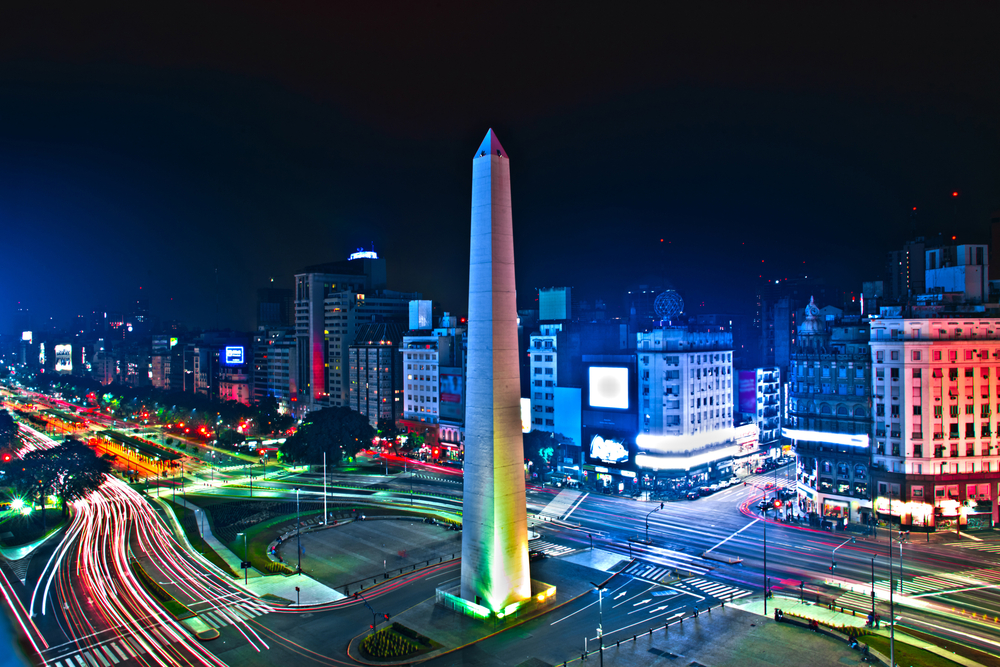Easter is here. And it’s not just the Easter Bunny hopping around. Millions of holidaymakers will be taking to the skies, with Qantas and Jetstar gearing up for almost four million customers to travel across its domestic and international network on almost 36,000 flights throughout Easter and the proceeding four-week school holidays period. Not only that but more than 670,000 customers are expected to be travelling over the Easter long weekend alone, an 8 per cent increase on the 2023 Easter holidays. This all in mind, here are seven expert-approved tips to make your flying experience less stressful.
Arrive two hours before your flight
Conventional wisdom might be to arrive one hour before a domestic flight, but a Sydney Airport spokesperson has told Escape they are advising passengers to arrive two hours before their domestic flight if they are checking in luggage (if you only have hand luggage, you are advised to arrive one hour before your flight). As for international flights, the recommendation is to arrive three hours before your flight, unless your airline tells you otherwise.
Don’t travel on the Thursday
Sydney Airport is forecasting Thursday to be the busiest day through the period, with 130,000 passengers forecast. The total domestic number of passengers forecasted from Thursday 28 to Sunday March 31 alone is set to hit 266,000, while the international forecast of passengers for those same dates is 183,000.
Book your car space in advance
Want to guarantee a spot? Do this.
Don’t go to Bali
Or Auckland, Singapore, Tokyo, Gold Coast, Hobart or Cairns. According to Qantas, these are the most popular destinations Aussies are flying to over the break.
Prep your liquids
If you’re travelling internationally, don’t forget you can only take 100mls of liquid through security. So prepare in advance and stock up on miniature versions of all your toiletries.
Ditch your suitcase
As mentioned above, Sydney Airport is forecasting a total of 449,000 passengers transiting through it between Thursday 28 to Sunday March 31. And the more people travel, the more likely your bag is to go missing (or take an eternity to come out on the conveyor belt on the other side).
The solution? As Escape Social Media Editor Edwina Hart eloquently puts it: “Pack carry-on and flee as soon as you get off that flight.”
Bring a bumbag
Jana Frawley, Escape Content Director, says: “My number one rule is putting my passport in a safe but easily accessible location – nothing beats a crossbody bag, or, if you’re a man, a bum bag worn like a crossbody bag.”
“Don’t put it in the pocket of a backpack as you’ll have to swing it on and off your body at multiple points throughout your journey through the airport (annoying for everyone).”
Bring a water bottle
Who likes paying $3.50 for a bottle of water? Bring your own bottle and you’ll save yourself some cash.



